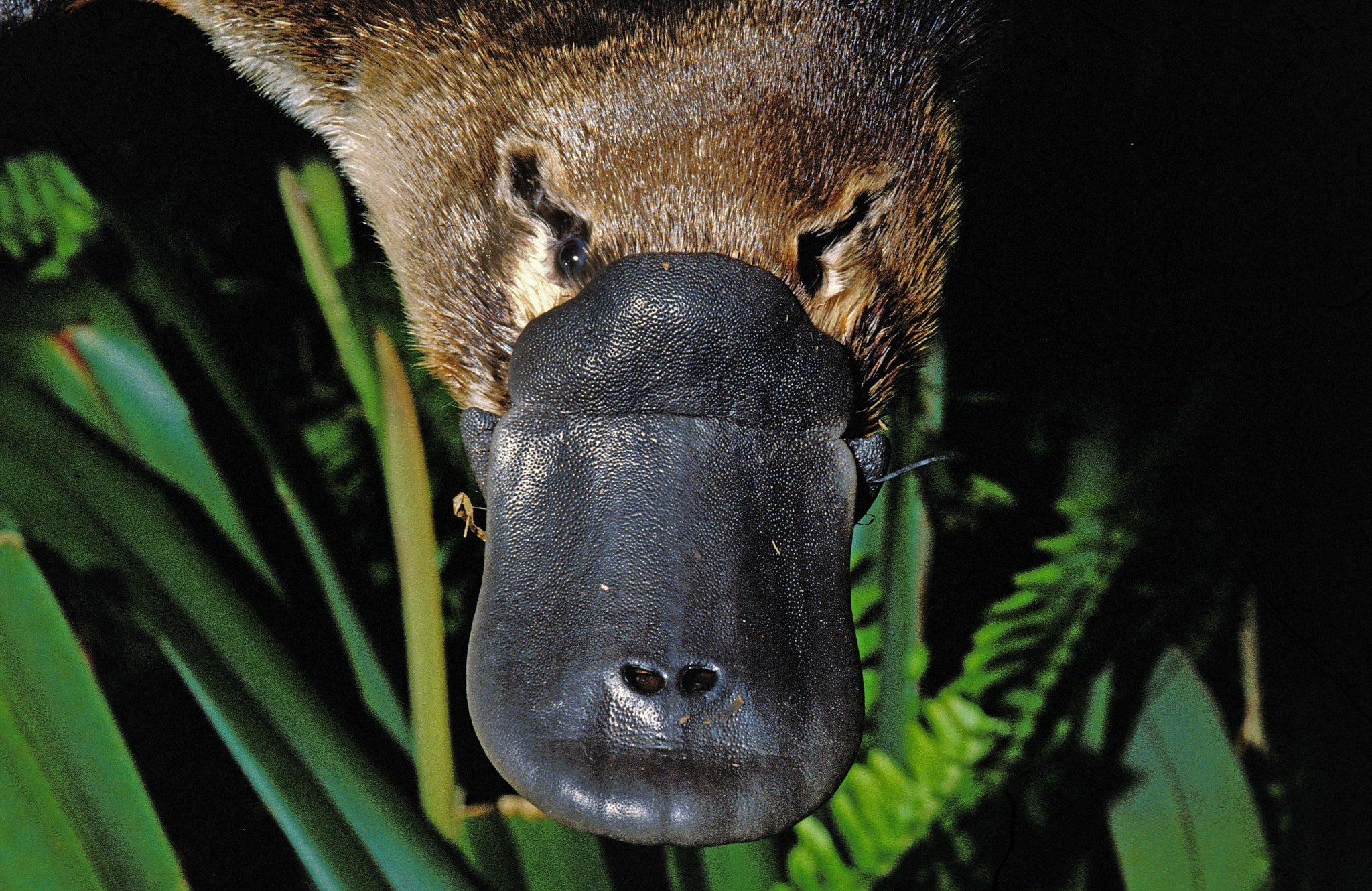
Project leader Professor Frank Grutzner, from the University of Adelaide, was a member of that team and is considered an authority on monotreme genetics. The discovery stems from the sequencing of the platypus genome in 2008. In a collaboration between the University of Adelaide, Flinders University, Monash University, SAHMRI and the Royal Adelaide Hospital, funding from Medvet Science is supporting a study to investigate whether the platypus hormone could be more effective and sustained in action than current medication. The world-first discovery of a key metabolic hormone found in the venom and gut of Australia’s iconic platypus will now be investigated for its potential to treat type 2 diabetes, in new research led by the University of Adelaide. Therefore, the fact that it bites a human will have a lot to do with whether it’s threatening the animal in some way, especially in their mating season.× Platypus venom inspires potential new diabetes treatments The males fight among themselves to establish a territory and obtain the right of copulation, which occurs between June and October. The most convincing theory in this regard suggests that it’s a weapon for the mating season. Furthermore, it isn’t a hunting animal, its predators are clearly more dangerous than it, and females don’t have venom. Platypus venom is deadly to small animals, but not to humans. Nerve growth factors: These peptides are related to hyperalgesia, as they favor the branching and creation of nerve endings.


Experts have determined three types of compounds that make it up:

Platypus venom is made up of 19 different peptides and additional non-protein components, as studies indicate. In addition, it’s capable of producing the aforementioned hyperalgesia, edema, hyperventilation, and even seizures, depending on the amount injected. It’s so intense that even morphine can’t alleviate it. The platypus injects 2 to 4 milliliters of venom into a bite.Īlthough it isn’t fatal to humans, the pain caused by the platypus venom isn’t to be taken lightly. This means that the patient reacts quite severely to pain for days, weeks, and even months after contact with the toxin, since the nociceptors (cells responsible for perceiving pain) in the area are affected in the long term. Interestingly, some people argue that this poison can produce hyperalgesia. Around the wound, an edema forms, which spreads over the affected area. Few “bites ” or injuries caused by this mammal have been recorded, but people who have suffered them have reported intense pain. This animal is relatively shy, and only the males are poisonous, contrary to what people usually think. It’s one of the five species that still exist in the order of the monotremes, along with echidnas. It’s the only living representative of its family ( Ornithorhynchidae) and genus, although some similar species have been found in fossil records.

The platypus ( Ornithorhynchus anatinus) is a semi-aquatic mammal endemic to Australia and the island of Tasmania. If this has piqued your curiosity, then read on. Like the rest of its characteristics, this is also one that experts can’t understand. In this article, we’ll be telling you all about this animal’s venom. It sweats milk, has electroreception, lays eggs, has 10 sex chromosomes and, if that weren’t enough, if you annoy it you may have to face platypus venom! There’s no stranger animal than a duck-billed platypus! When the first stuffed specimen was brought to England from Australia, scientists believed it was a joke.


 0 kommentar(er)
0 kommentar(er)
